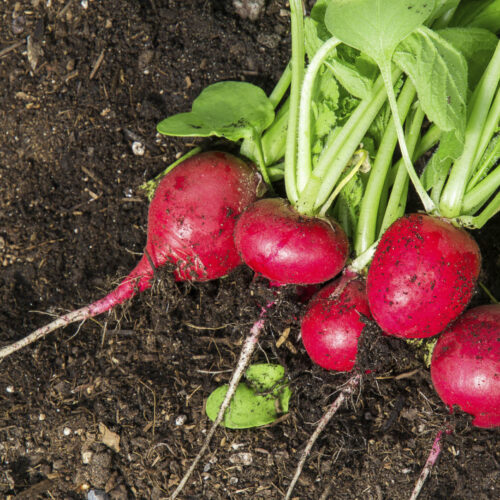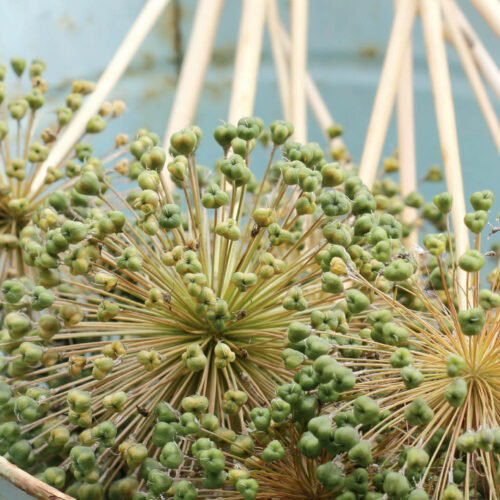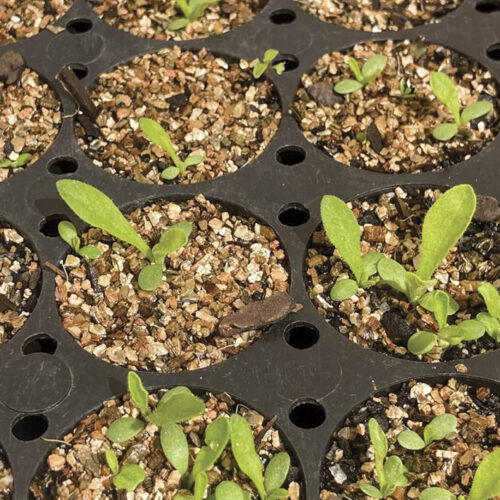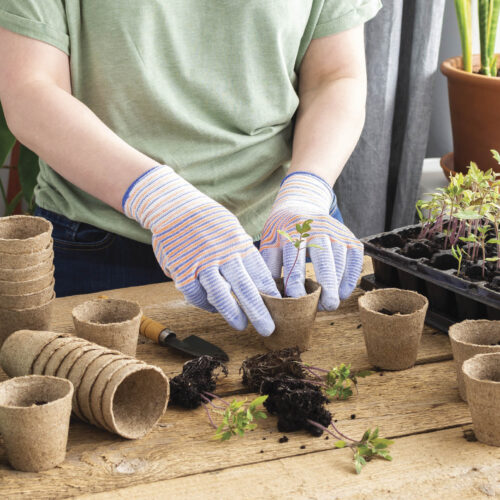How to graft citrus
2013-02-19T05:18:59+11:00
If you’d like to try your hand at grafting fruit trees, then have a go at citrus. It’s easy to do and allows you to grow a greater variety of fruit in less space, writes PHIL DUDMAN.
I love showing visitors my multi-grafted citrus tree. It started out a plain old Eureka lemon… but over the years it has taken on several branches of Myer Lemon (the ‘Lots a Lemons’ selection), and Tahitian Lime. I love the novelty factor, and I also love the fact that in my small backyard, it allows me to grow a number of different tree varieties in the space of one tree… and it’s been made possible by grafting.
Grafting is one of those tasks that can frighten novice gardeners… something that only experienced gardeners can understand and carry out correctly. Rubbish! There’s really nothing to it, and you don’t need any high tech gear. Sure, a proper grafting knife and grafting tape are good to have, if you are serious, but if you just want to give it a try, a sharp knife and some cling wrap will do the trick.
There are many methods, but I’ve had great success with a technique called ‘bark grafting’. This simply entails inserting small lengths of growth (or scions) with several buds on them, into the cut end of an existing branch. Start by selecting a branch that you want to graft onto, and cut it cleanly with sharp secateurs or loppers – don’t leave any ragged bits. It’s best to take it right back towards where it joins a main leader, that way the graft becomes the new branch. The scions should be taken from the tips – young growth, that’s firm and hard enough to snap, not soft and sappy.
Prepare scions around 5-7cm long and remove all the leaves to reduce moisture loss. At the base of the scion, slice a 30° angle to create a sloped cut… a chisel shape that will be pushed under the bark of the tree branch. Use your knife to make a few 3 cm long downward slits in the bark around the tip of the cut branch, then use the tip of the knife to loosen the top of the slits – this helps with the scion insertion. Push the scions in gently until the surface revealed by the angle cut is fully inserted and in contact with the branch wood, then firmly wrap it all in place with your grafting tape.
I like to then seal the cut surface of the branch with some candle wax, then to keep the scions moist, I slip a little clear plastic bag over the top and secure it with a pin (if you don’t have one, fashion one to fit out of a bigger plastic bag and sticky tape) and spray a little water into it to raise the humidity. On a hot sunny day, put a paper bag over it to protect it.
Be patient… it can take many weeks for the graft to take. You know it has taken when the buds on the scions start to grow. You’ll also see callusing around the graft points.
This is a great task to take on now because the weather is warm and there’s plenty of sap flow which means the grafts will take easily.





